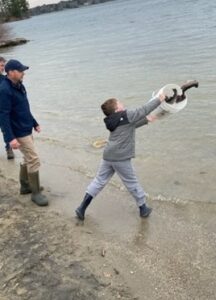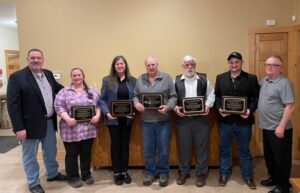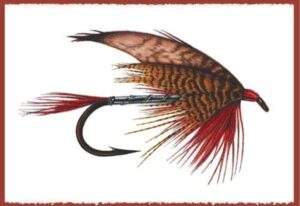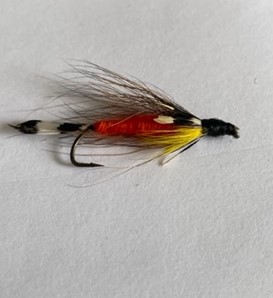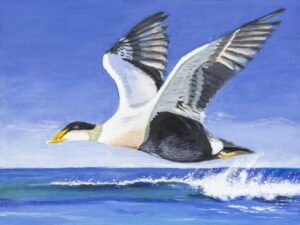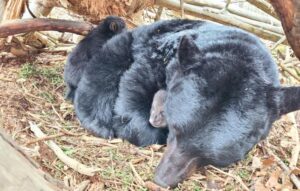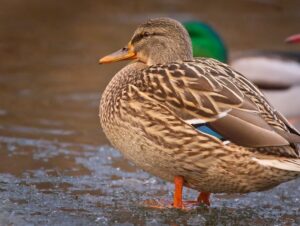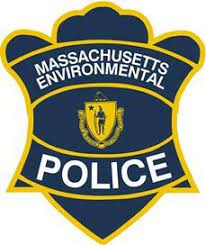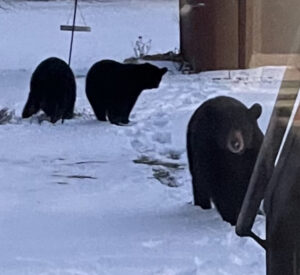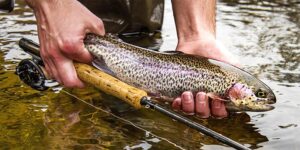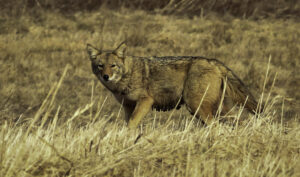Richmond Pond book is a gem
In a joint project, the Richmond Pond Association and the Richmond Historical Commission produced a book entitled, The Gem of Richmond: A History of Richmond Pond. The editor was Ken Kelly, of Lenox and Richmond, the attractive cover was designed by Valeri Reynolds and Jennifer Coughlin. Many writers contributed to the book and it was published by Troy Book Makers. Although the 160-page book is soft cover, it and the ensuing pages are top quality, glossy paper, capable of being passed on from generation to generation.
There is something in this book for everyone, especially if you are a local history buff. It covers the period from the Holocene Glacial Retreat, some 12,000 years ago to present day. Richmond Pond (formerly called South Pond) began as a 98-acre glacial pond, scraped from the limestone and marble bedrock by advancing glaciers thousands of years ago. At the time, it was about 30 feet deep near the center. Over the years, a dam was built, breached, raised and rebuilt a couple of times arriving at the point where it is today, encompassing 218 acres and over 50 feet deep. Some 120 acres of what was prime farmland now comprises part of the lake floor.
It is believed that the first inhabitants in the area were Paleo-Indians, and later the Mohicans. According to the book, by the late 1700’s, the pond would have been in mesotrophic condition (medium amounts of nutrients present). As the nutrients, temperature change and oxygen levels all worked in balance, the pond became a great habitat for fish and wildlife. In the 1700’s the settlers arrived and built the first dam for industry use, and the process of eutrophication (increasing plant growth) began.
The book covers everything that happened after that – the farming and later selling of surrounding farmland, the building of nearby railroad tracks on the western side of the pond, the conversion of various sections of land into camps, residence areas, beaches and a boat ramp, and the people who were directly involved along the way.
Chapter Three of the book deals with the fish and wildlife. In the mid to late 1860’s large catches of pickerel took place, and “most of the fish were of good size.” Around that time, non-native black bass (largemouths) and white bass (white perch?) were stocked. With the 50+ feet depth of the lake and its cold water in some areas, rainbow, brown and brook trout were stocked and they seem to thrive there. Now, there are 10 species of freshwater fish found in that pond, most of which were at one time or another legally stocked.
But not all. In 1979 a 20 lbs. 42.5 inch northern pike was caught out of it by Lois Kelly (Ken’s mom). According to Ken, it was probably the result of “sleuth private stockings” or “bait bucket introductions.” The book illustrates a couple of pictures of other successful anglers.
It makes reference to The History of the County of Berkshire, Massachusetts published in 1829, which included a listing of animals, fish, birds, reptiles and plants that existed near Richmond Pond in those days. With the exception of the wolf, lynx and mountain lion all are still there. Wild turkey had disappeared by then, but as you know the State has reintroduced them and they currently are thriving. The book lists an impressive array of migrating waterfowl that visit the pond annually.
There are chapters entitled “Old Times” and “Early Settlers.” They mention, in quite detail, the early inhabitants, (Mohicans) and how they were displaced by European colonization and what they in turn did with the land. One chapter addressed the expansions of the pond over the years, another the effects of the railroads.
The chapter covering ice harvesting is quite interesting. Gray haired folks like myself well remember the blocks of ice delivered by the ice man who put them into our “ice boxes”. That was before the Frigidaire came onto the scene. There are pictures of people hand sawing ice blocks, of ice chutes used for loading the blocks onto the nearby railroad and of ice houses, one being the Shaker Village Ice House.
Some eight summer camps existed on that lake at different times, starting in the 1890’s and the book covers each one. Ah! The memories of local teenage boys fishing and swimming the lake back then, always trying to scheme a plan to penetrate the perimeter of the girls’ camps.
The book covers the various community associations that currently exist there as well as some of its notable business neighbors.
There is so much more I could mention about the book but I don’t want to give away all of the secrets contained in it. Suffice it to say that it is a good read and I highly recommend it. Ken, and his team did a great job.
I understand that the book is in its 3rd printing already. It can be purchased at Bartlett’s, Balderdash Cellars, Shaker Mill Books, Hancock Shaker Village and The Bookstore in Lenox.
At $20, it’s a steal.
Spring Fishing Derby
The Stockbridge Sportsmen’s Club is sponsoring a spring fishing derby on Sunday, May 22 at the Stockbridge Bowl Boat Ramp. It will run from dawn until 3:00 pm. Cash prizes of $100 will be awarded to the lucky anglers who catch the heaviest trout or salmon, pickerel, bass and bullhead. There will be free lures for all kids 12 and under. The pre-registration fee is $10.00 and post-registration is $15.00.
Tickets are available at: Minkler Insurance Agency at 31 Main Street, Stockbridge or (w) 413-644-3590, (h) 413-298-4630 or contact any club member. Official rules may be picked up at the boat ramp.
Trout Stocking
I was away last week and was not able to obtain a listing of local waters stocked before I left. To find out the most recent waters stocked, click onto: https://www.mass.gov/service-details/trout-stocking-report.
Endangered Species Day coming up
Join MassWildlife on May 20 to recognize the 432 plants and animals that are considered rare in Massachusetts. These rare species play an important role in keeping the Commonwealth’s natural communities thriving. MassWildlife’s Natural Heritage & Endangered Species Program (NHESP) focuses on conserving rare species and their habitats throughout Massachusetts.
On Endangered Species Day and every day of the year, you can make a difference in rare species conservation. Here’s how:
- Report rare species – Help MassWildlife monitor rare plants and animals by telling them when you see the species. If you have information on the location of a rare species or a vernal pool and would like to help NHESP keep its database current, submit your observations through the Heritage Hub.
- Donate to support rare species – You can make a big impact by donating directly to NHESP. You might consider making a donation of $4.32 on May 20 to honor the 432 animals and plants on the MA Endangered Species Act List. All money donated goes towards conserving the rare animals and plants that call Massachusetts home. Your donation goes toward equipment and services needed to give these species a fighting chance.
Massachusetts Pistol License Course
On Sunday, May 22, from 8:30am until 1:30pm the Lee Sportsmen’s Association will be sponsoring a Massachusetts Pistol License Course which qualifies participants to apply for a Massachusetts FID or LTC, plus pistol licenses in Connecticut, Florida, etc. This comprehensive one-day course includes information for federal and state firearm laws, operation and safe handling of firearms, shooting fundamentals, care and cleaning, concealed carry methods, a live fire session on the LSA Indoor Pistol Range, and much more.
Course fee is $160 due in cash on the day of the course. State license application fees and processing are not included. Participants will receive a course certificate, application forms, other resources and supporting documents. Participants will also receive new Walker’s earmuffs and safety glasses that are theirs to keep. Club membership applications will be available at the course.
To register, visit www.NRApistolinstructor.com and use the Contact form; providing your full name including middle initial, date of birth, course date, course selection, address, telephone, and email contact information. For questions or concerns, and if you require assistance to register for a course, contact Robert McDermott at (413) 232-7700 or email robmcdermott@verizon.net.


